The Last Refuge of the Lesser Blind Mole Rat
Nestled in the serene landscapes of Vučedol, Croatia, an unsung hero of the animal kingdom, the Lesser Blind Mole Rat (Nannospalax montanosyrmiensis), is battling for survival. With fewer than 1,000 mature individuals left globally, this elusive creature is on the brink of extinction. Our innovative conservation efforts are breathing new hope into this criticaly endangered species. BIOTA cooperates with Public Instituton of Vukovar-Srijem county, Mossy Earth Foundation, and several scientific institutions in Croatia, Hungary and Serbia, to breathe new life for this rare mammal.
**View the video in the end of the text!
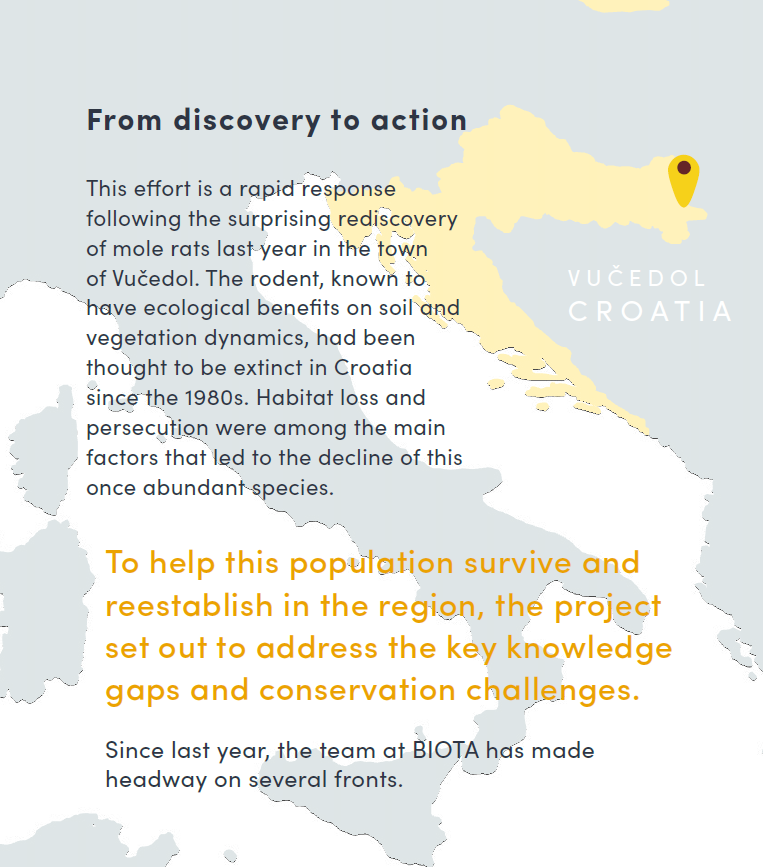
A Race Against Extinction
New research confirms the Vučedol population as part of the Nannospalax montanosyrmiensis species, a designation based on meticulous field surveys and genetic analysis. The sobering numbers paint a dire picture: only 20-40 individuals remain in Vučedol, Croatia. Their global cousins are faring slightly better but remain fragmented across Albertirsa, Hungary (120); Fruška Gora, Serbia (150); Baja, Hungary (250); and Kelebia-Subotica on the Hungary-Serbia border (400).
Innovative Approaches: eDNA and Beyond
BIOTA’s project stands out for its scientific ingenuity. By developing species-specific environmental DNA (eDNA) primers, they confirmed the presence of these mole rats through soil samples, showcasing a non-invasive way to monitor and protect the species. While still refining the method, the breakthrough demonstrates the potential of eDNA in conservation efforts, especially for elusive species like the Lesser Blind Mole Rat.
Ecology and Conservation Significance
The Lesser Blind Mole Rat is a fascinating example of subterranean life, perfectly adapted to its underground habitat. This small, nearly sightless mammal plays a critical ecological role as an ecosystem engineer, with its burrowing activities improving soil aeration, water infiltration, and nutrient cycling. Despite its hidden lifestyle, its presence significantly impacts the biodiversity and health of the ecosystems it inhabits.
The global population of Nannospalax montanosyrmiensis is alarmingly small, with fewer than 1,000 mature individuals distributed across fragmented habitats.
The species faces significant threats from:
- Habitat destruction due to agriculture and infrastructure development.
- Fragmentation of populations, limiting genetic diversity and connectivity.
- Perceived status as a pest among local farmers, despite their ecological benefits.
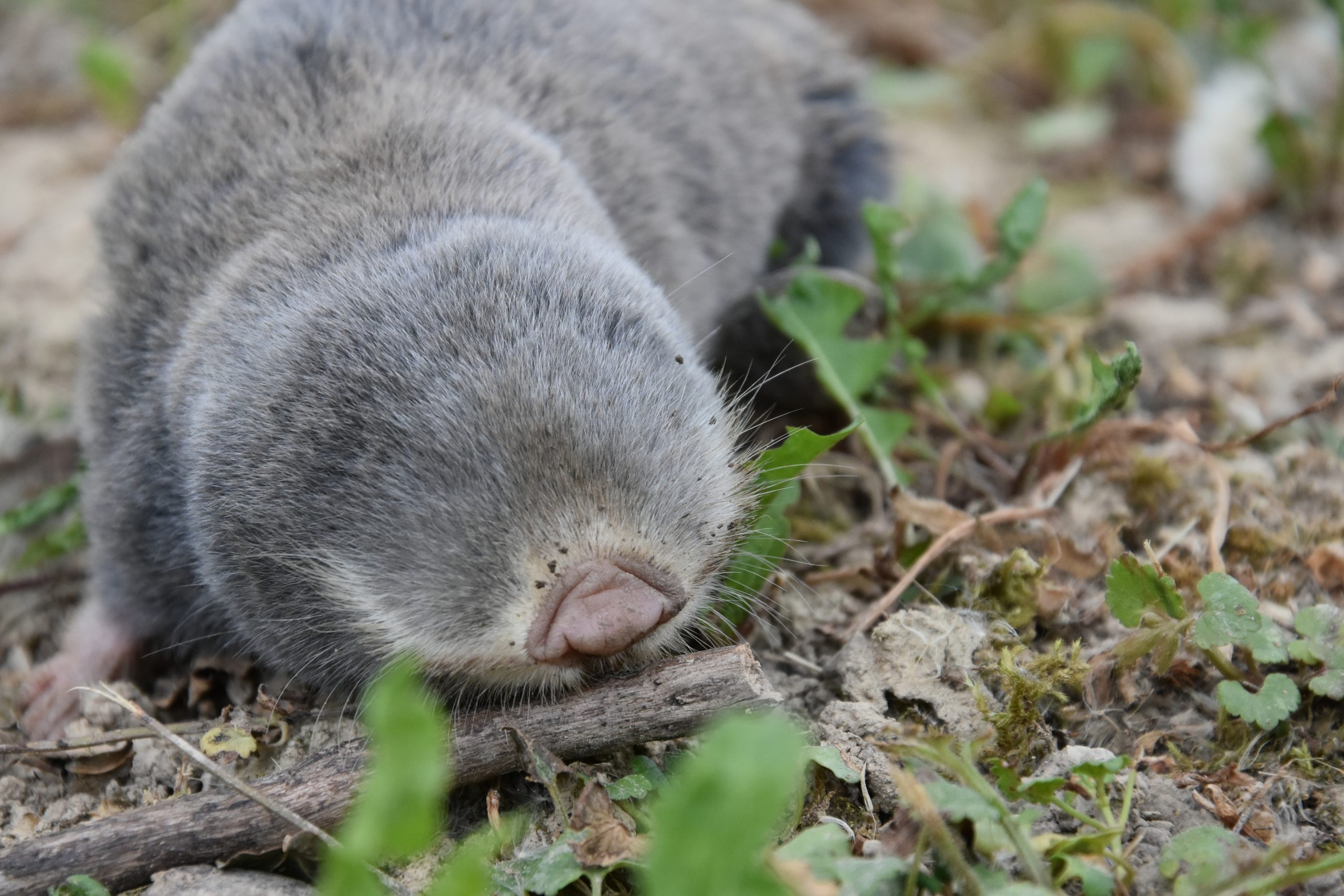
Only a few live individuals of Lesser Blind Mole Rat were ever cought and observed in Vučedol (photo D. Jelić).
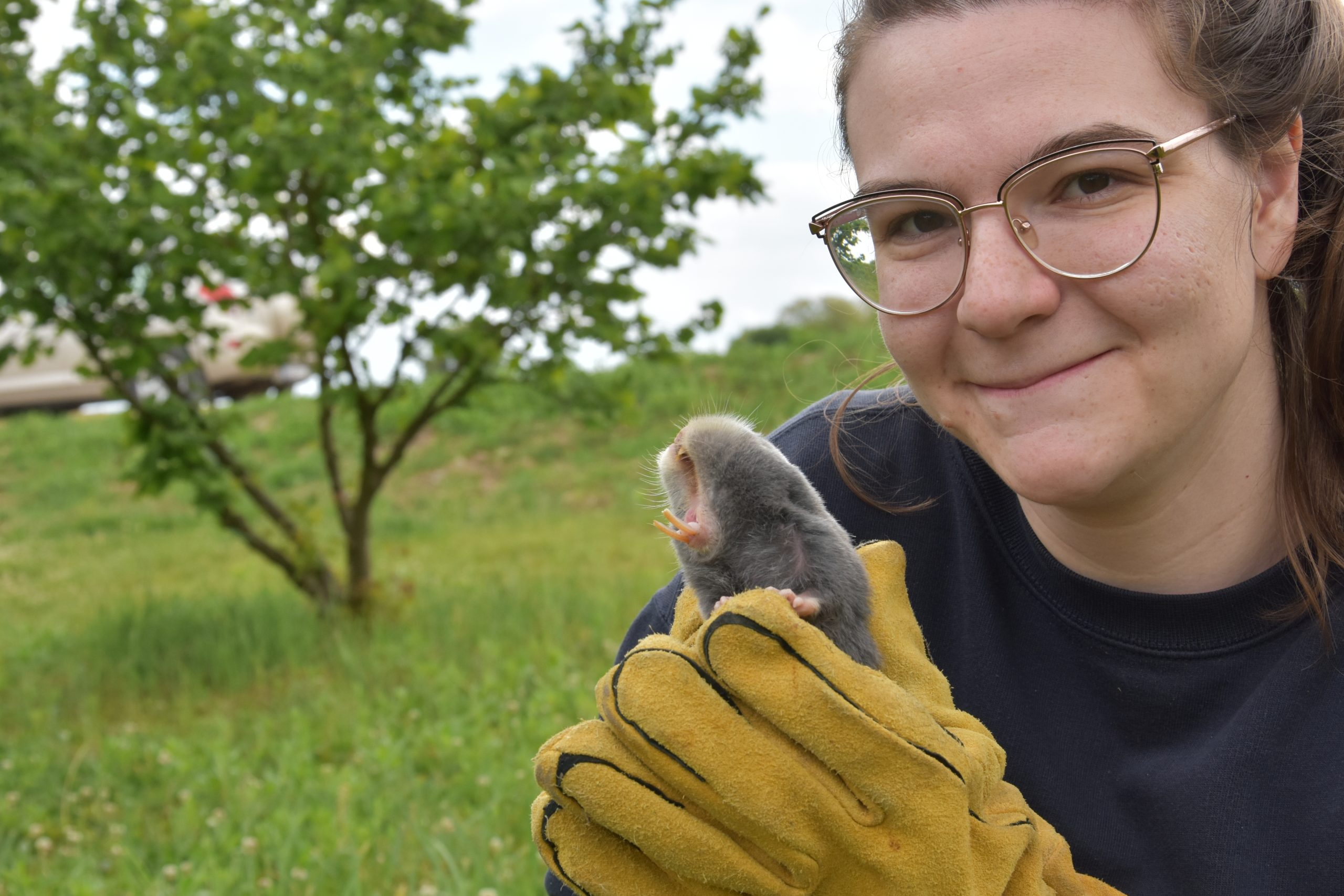
A Call to Action
Vučedol’s blind mole rats are more than just a scientific curiosity; they’re a testament to nature’s resilience and a rallying cry for conservation.
In the words of one local farmer: “We used to see them as pests, but now, they’re part of our story.” Let’s ensure it’s a story with a happy ending.

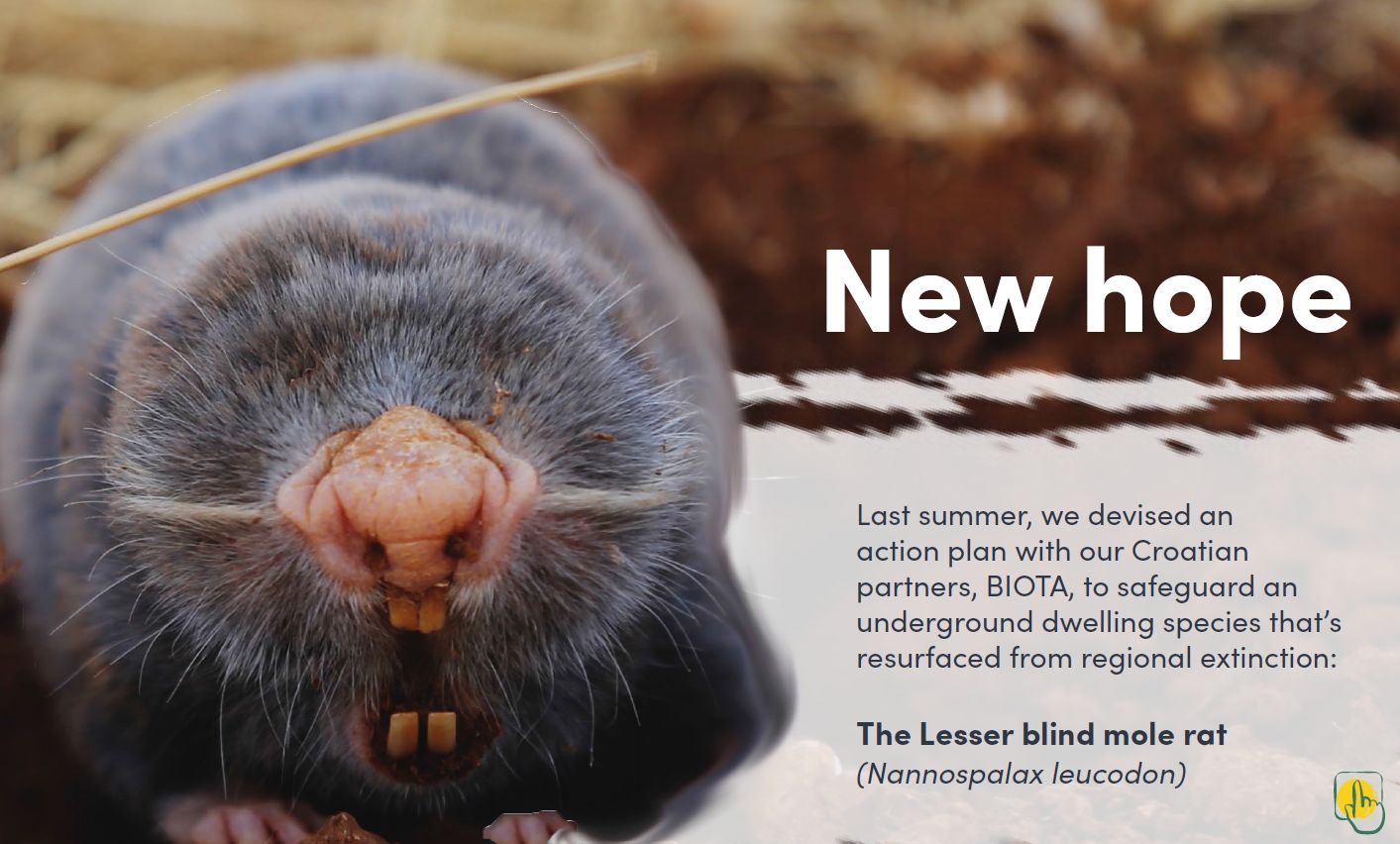
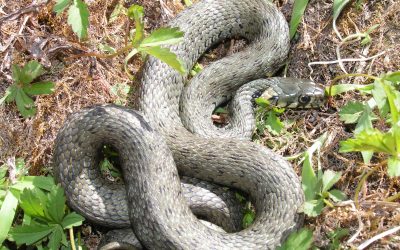

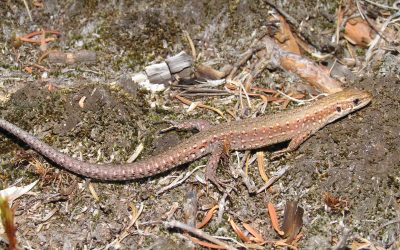
0 Comments